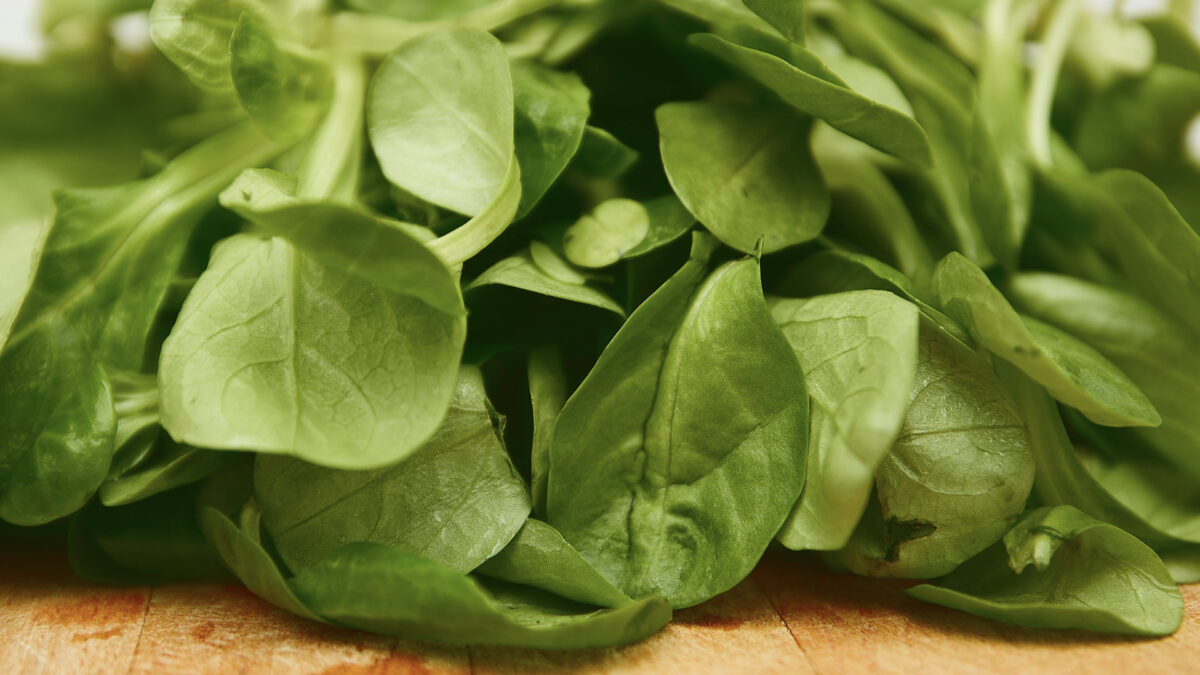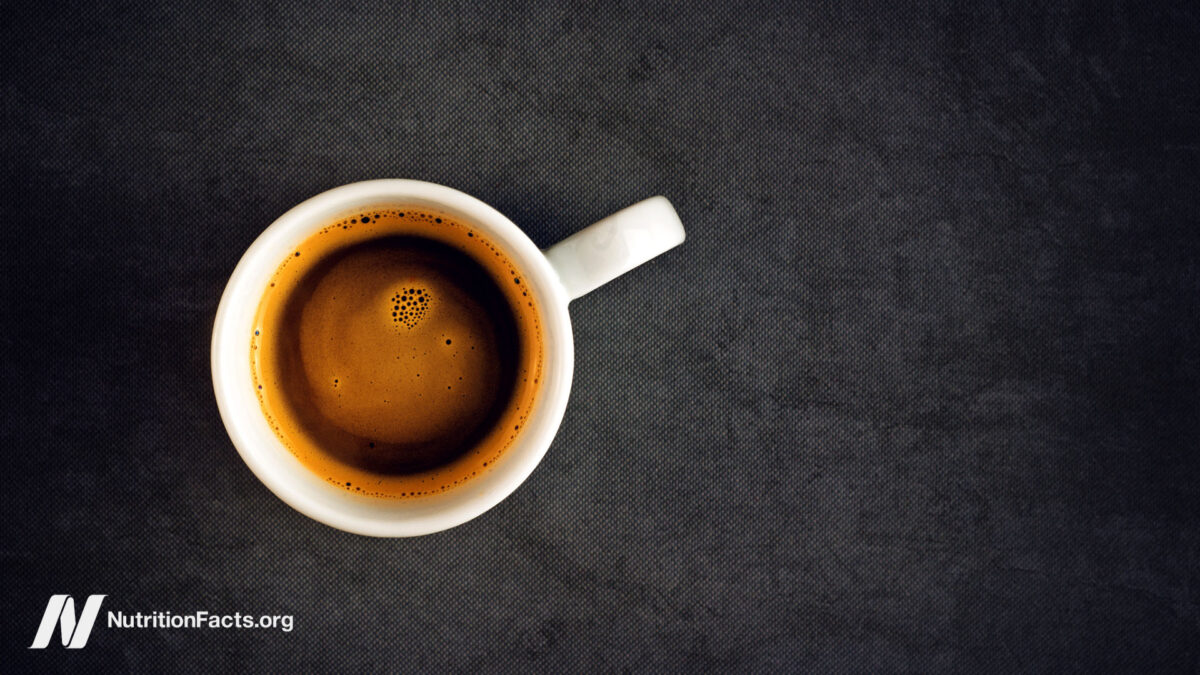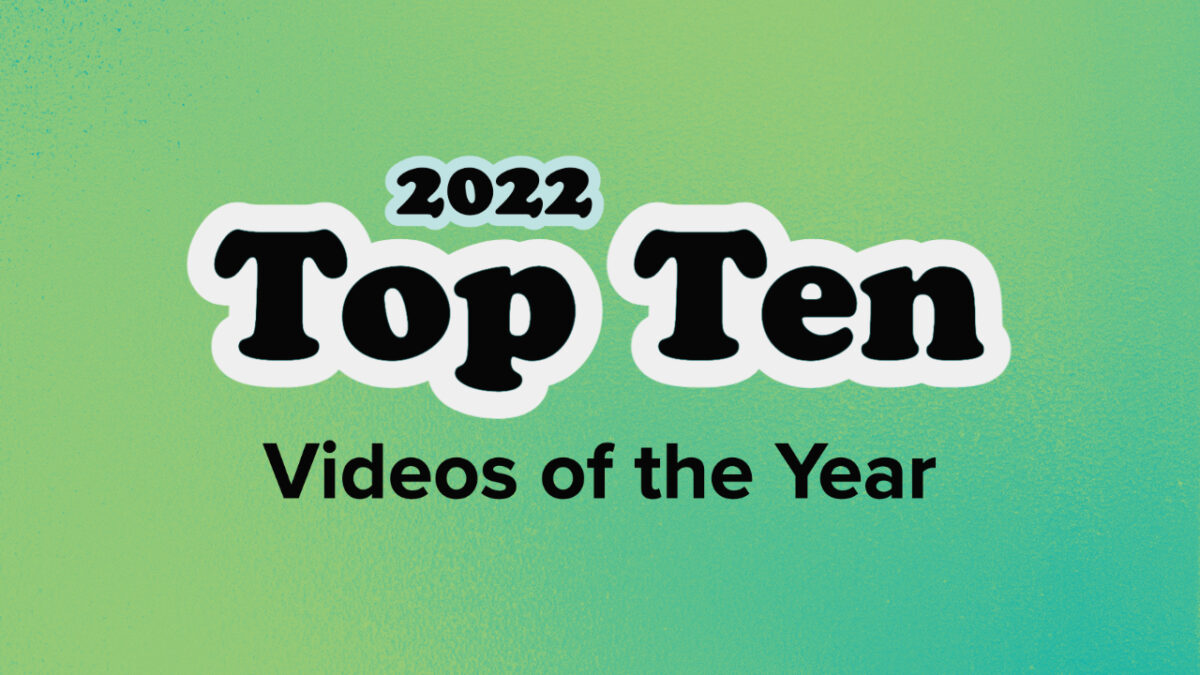What About Saturated Fat and Vegetarians’ Stroke Risk?
How can we explain the drop in stroke risk as the Japanese diet became westernized with more meat and dairy? As Japan westernized, the country’s […]
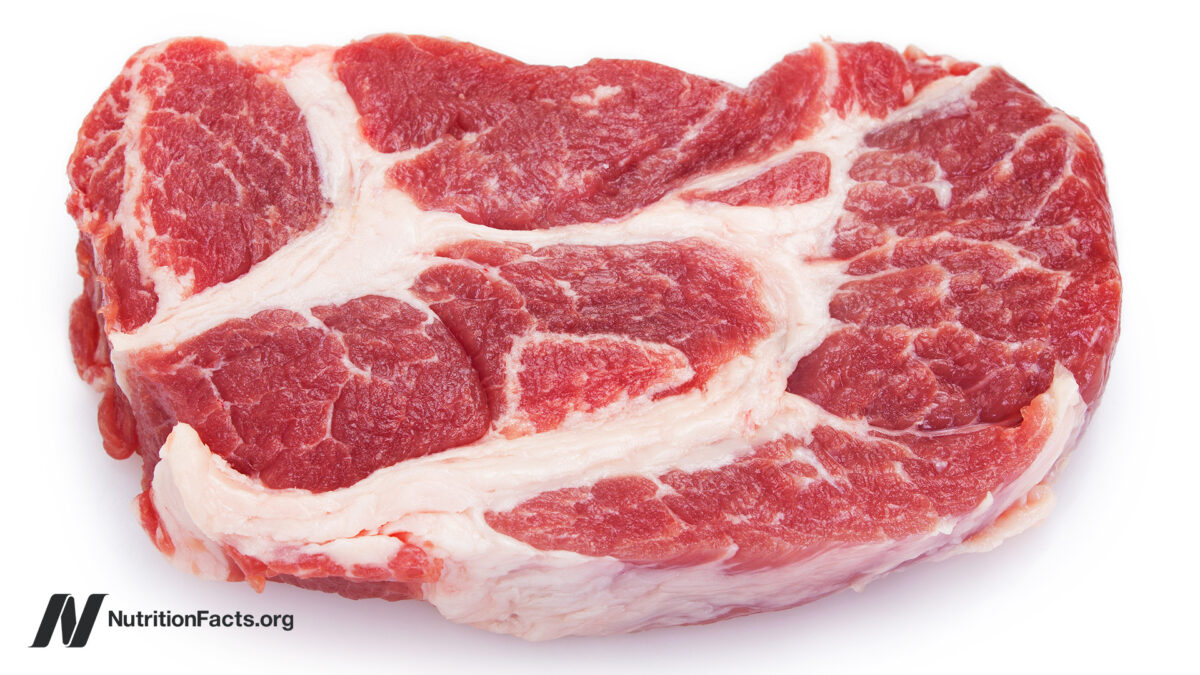
How can we explain the drop in stroke risk as the Japanese diet became westernized with more meat and dairy?
As Japan westernized, the country’s stroke rate plummeted, as you can see in the graph below and at 0:15 in my video Vegetarians and Stroke Risk Factors: Saturated Fat?.
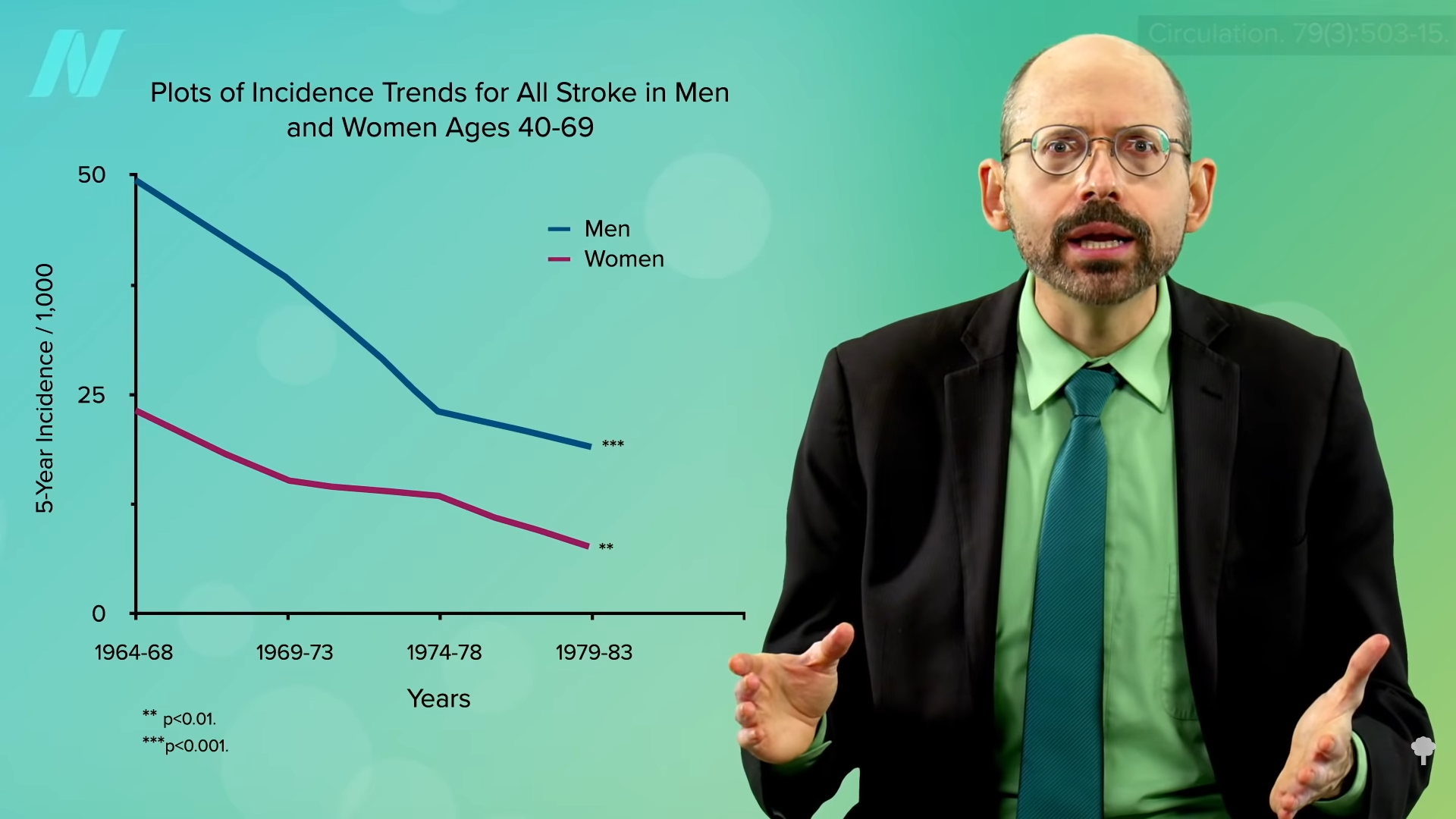
Stroke had been a leading cause of death in Japan, but the mortality rate decreased sharply as they moved away from their traditional diets and started eating more like those in the West. Did the consumption of all that extra meat and dairy have a protective effect? After all, their intake of animal fat and animal protein was going up at the same time their stroke rates were going down, as shown below and at 0:35 in my video.
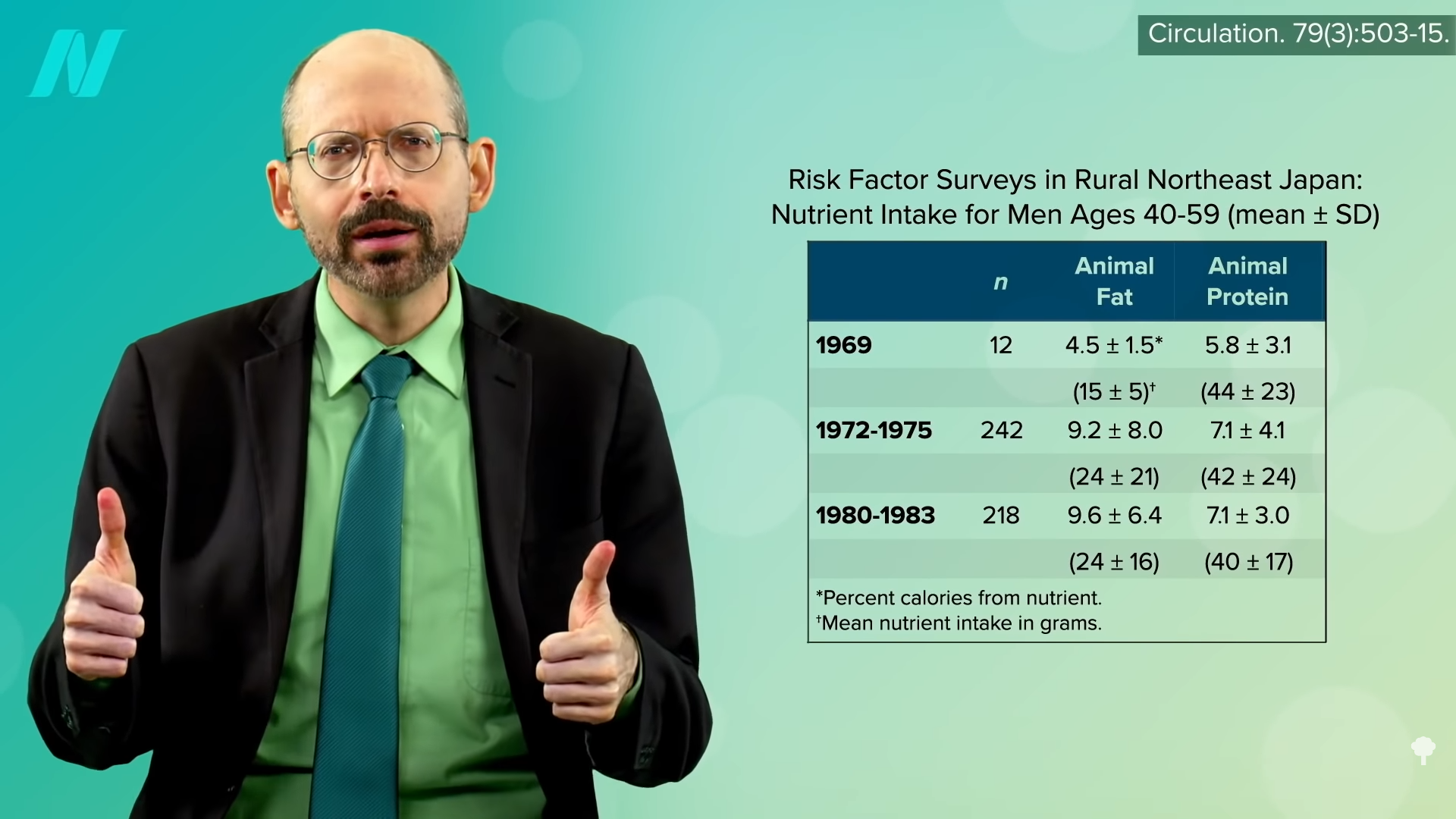
Commented a noted Loma Linda cardiology professor, “Protection from stroke by eating animal foods? Surely not!…Many vegetarians, like myself, have almost come to expect the data to indicate that they have an advantage, whatever the disease that is being considered. Thus, it is disquieting to find evidence in a quite different direction for at least one subtype of stroke.”
Can dietary saturated fat, like that found in meat and dairy, be beneficial in preventing stroke risk? There appeared to be a protective association—but only in East Asian populations, as you can see below and at 1:11 in my video.

High dietary saturated fat was found to be associated with a lower risk of stroke in Japanese but not in non-Japanese. So, what was it about the traditional Japanese diet that the westernization of their eating habits made things better when it came to stroke risk? Well, at the same time, their meat and dairy intake was going up, and their salt intake was going down, as you can see below and at 1:40.

The traditional Japanese diet was packed with salt. They had some of the highest salt intakes in the world, about a dozen spoonsful of salt a day. Before refrigeration became widely available, they ate all sorts of salted, pickled, and fermented foods from soy sauce to salted fish. In the areas with twice the salt intake, they had twice the stroke mortality, but when the salt intake dropped, so did the stroke death rates, because when the salt consumption went down, their blood pressure went down, too. High blood pressure is perhaps “the single most important potentially modifiable risk factor for stroke,” so it’s no big mystery why the westernization of the Japanese diet led to a drop in stroke risk.
When they abandoned their more traditional diets, their obesity rates went up and so did their diabetes and coronary artery disease, but, as they gave up the insanely high salt intake, their insanely high stroke rates correspondingly fell.
Stomach cancer is closely associated with excess salt intake. When you look at their stomach cancer rates, they came down beautifully as they westernized their diets away from salt-preserved foods, as you can see in the graph below and at 2:50 in my video.
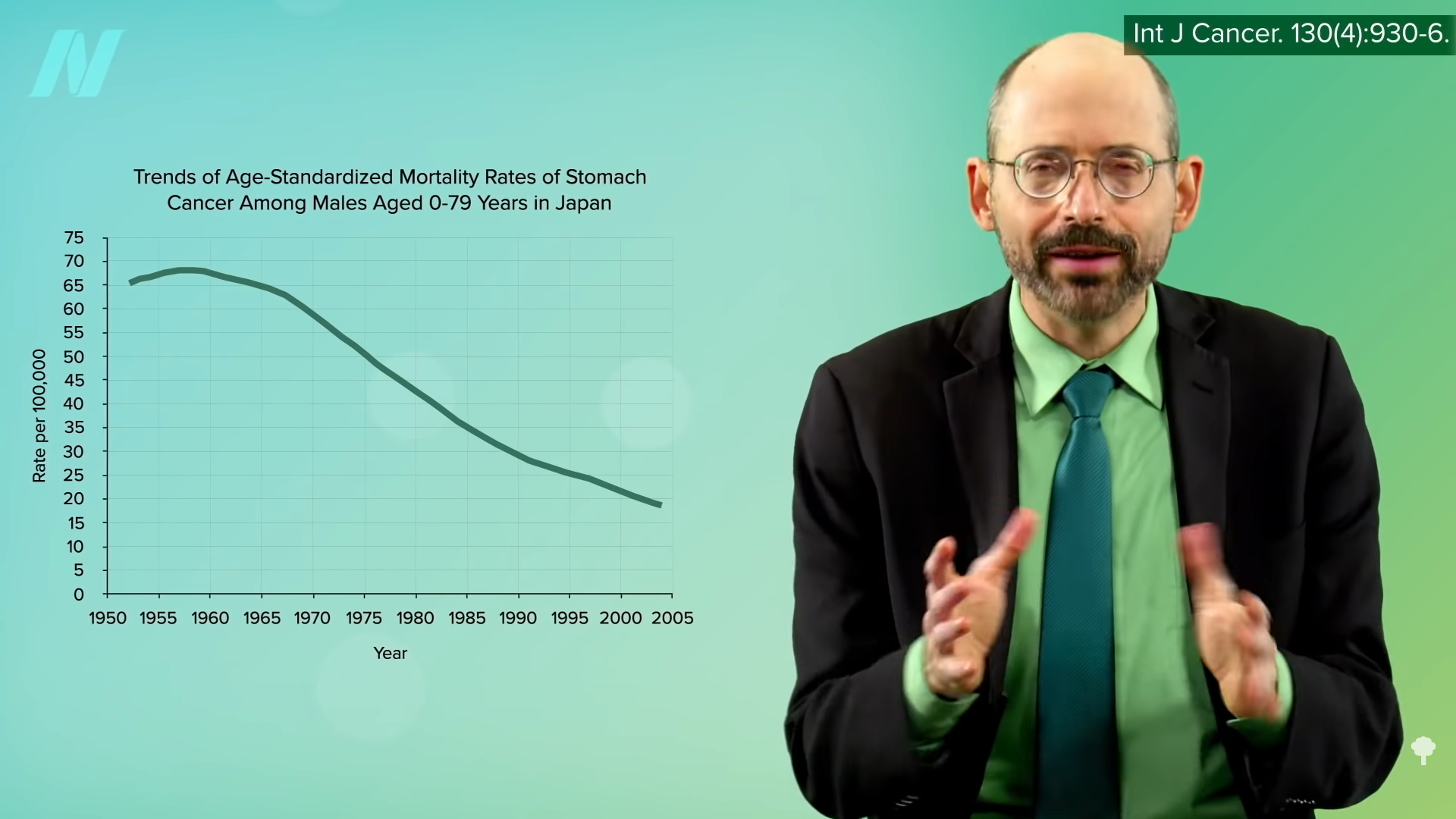
But, of course, as they started eating more animal foods like dairy, their rates of fatal prostate cancer, for example, shot through the roof. Compared to Japan, the United States has 7 times more deaths from prostate cancer, 5 times more deadly breast cancer, 3 times more colon cancer and lymphoma mortality, and 6 to 12 times the death rate from heart disease, as you can see in the graph below and at 3:15 in my video. Yes, Japanese stroke and stomach cancer rates were higher, but they were also eating up to a quarter cup of salt a day.

That would seem to be the most likely explanation, rather than some protective role of animal fat. And, indeed, it was eventually acknowledged in the official Japanese guidelines for the prevention of cardiovascular disease: “Refrain from the consumption of large amounts of fatty meat, animal fat, eggs, and processed foods…”
Now, one of the Harvard cohorts found a protective association between hemorrhagic strokes and both saturated fat and trans fat, prompting a “sigh of relief…heard throughout the cattle-producing Midwestern states,” even though the researchers concluded that, of course, we all have to cut down on animal fat and trans fat for the heart disease benefit. Looking at another major Harvard cohort, however, they found no such protective association for any kind of stroke, and when they put all the studies together, zero protection was found across the board, as you can see below and at 4:07 in my video.
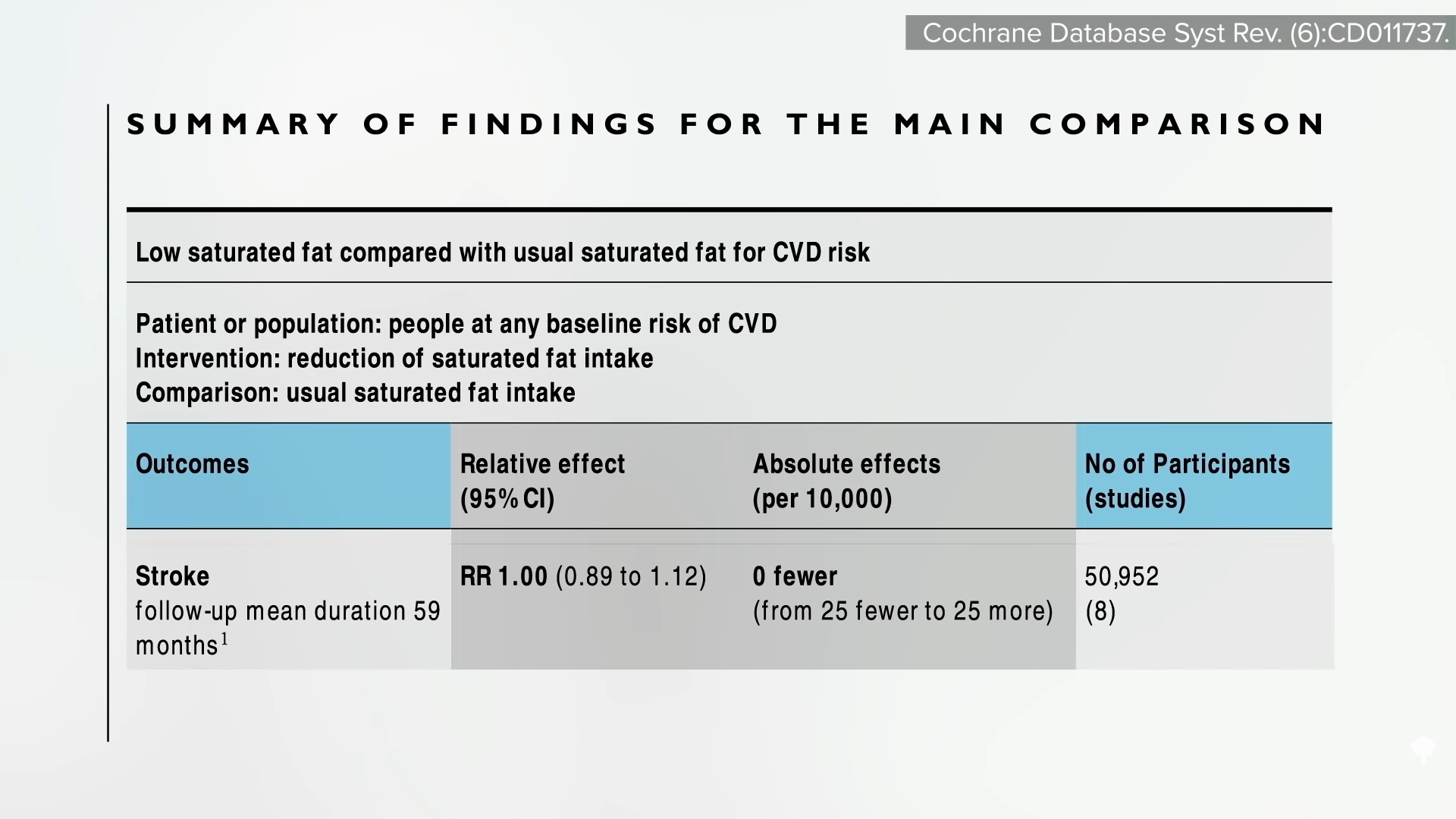
Observational studies have found that higher LDL cholesterol seems to be associated with a lower risk of hemorrhagic stroke, raising the possibility that cholesterol may be “a double-edged sword,” by decreasing the risk of ischemic stroke but increasing the risk of hemorrhagic stroke. But low cholesterol levels in the aged “may be a surrogate for nutritional deficiencies…or a sign of debilitating diseases,” or perhaps the individuals were on a combination of cholesterol-lowering drugs and blood thinners, and that’s why we tend to see more brain bleeds in those with low cholesterol. You don’t know until you put it to the test.
Researchers put together about two dozen randomized controlled trials and found that the lower your cholesterol, the better when it comes to overall stroke risk, with “no significant increase in hemorrhagic stroke risk with lower achieved low-density lipoprotein [LDL] cholesterol levels.”
The genetic data appear mixed, with some suggesting a lifetime of elevated LDL would give you a higher hemorrhagic stroke risk, while other data suggest more of that double-edged sword effect. However, with lower cholesterol, “any possible excess of hemorrhagic [bleeding] stroke is greatly outweighed by the protective effect against ischaemic stroke,” the much more common clotting type of stroke, not to mention heart disease. It may be on the order of 18 fewer clotting strokes for every 1 extra bleeding stroke with cholesterol-lowering.
Does this explain the increased stroke risk found among vegetarians? Hemorrhagic stroke is the type of stroke that appeared higher in vegetarians, but the cholesterol levels in vegans were even lower, and, if anything, vegans trended towards a higher clotting stroke risk, so it doesn’t make sense. If there is some protective factor in animal foods, it is to be hoped that a diet can be found that still protects against the killer number one, heart disease, without increasing the risk of the killer number five, stroke. But, first, we have to figure out what that factor is, and the hunt continues.
Aren’t there studies suggesting that saturated fat isn’t as bad as we used to think? Check out:
The Saturated Fat Studies: Set Up to Fail The Saturated Fat Studies: Buttering Up the Public Is Butter Really Back? What the Science SaysJust like the traditional Japanese diet had a lot going for it despite having high sodium as the fatal flaw, what might be the Achilles’ heel of plant-based diets when it comes to stroke risk?
This is the seventh video in this stroke series. See the related posts below for the others.

 MikeTyes
MikeTyes 








